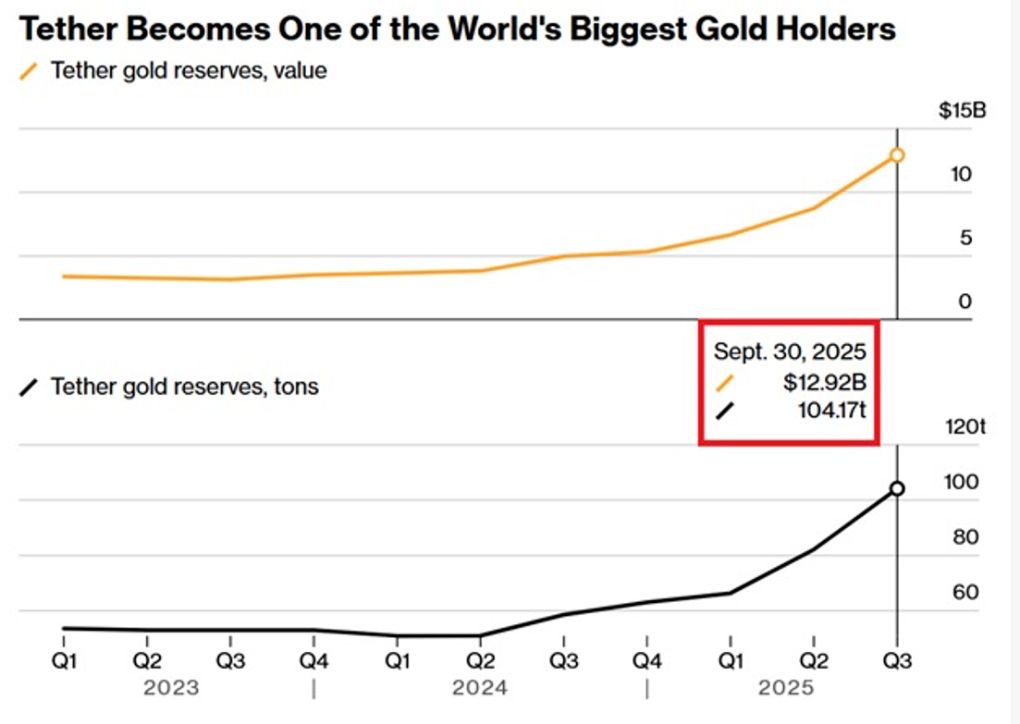Institutional Adoption of Solana: A New Era of Infrastructure-Backed Staking
- Delphi Digital and Chorus One launched an institutional-grade Solana validator, marking institutional shift from passive observers to active network security participants. - The Alpenglow upgrade enhances Solana's 150ms block finality and introduces 20% adversarial validator tolerance, creating a security-decentralization flywheel. - SOL surged to $208.24 as $820M in institutional treasuries stake the token, linking network security with token value through liquidity locking and staking yields. - Institu
The blockchain industry has long grappled with the tension between scalability and decentralization. Solana (SOL), however, is emerging as a rare candidate where both can coexist—and thrive. At the heart of this transformation lies a strategic shift: institutional players are no longer just observers or token holders. They are now active participants in securing and scaling the network. The recent partnership between Delphi Digital and Chorus One to launch an institutional-grade validator on Solana exemplifies this shift, signaling a maturation of the ecosystem and unlocking a flywheel of growth for SOL as a high-performance staking asset.
Validator Partnerships: Bridging Research and Infrastructure
Delphi Consulting, the strategic advisory arm of Delphi Digital, has historically focused on token design and protocol economics. Its pivot to on-chain infrastructure marks a pivotal moment. By collaborating with Chorus One—a leader in institutional staking—the firm is not only applying its research-driven insights but also operationalizing them. This validator is engineered to meet the rigorous standards of institutional-grade performance, ensuring Solana's network remains resilient against adversarial attacks while maintaining its lightning-fast 150-millisecond block finality (a target of the upcoming Alpenglow upgrade).
The partnership's significance extends beyond technical execution. It reflects a broader trend: institutions are recognizing that true value in blockchain ecosystems is created when stakeholders align their capital, expertise, and operational resources. Delphi and Chorus One's validator is a testament to this philosophy, combining Delphi's deep understanding of Solana's economic model with Chorus One's proven infrastructure to fortify the network.
Alpenglow and the Security Flywheel
The Alpenglow upgrade, currently in the community voting phase, is a cornerstone of Solana's roadmap. By reducing block finality and introducing a 20% tolerance for adversarial or unresponsive validators, the upgrade addresses a critical vulnerability in proof-of-stake (PoS) networks. This innovation not only enhances security but also lowers the barrier for institutional participation. Validators like Delphi's can now operate with greater confidence, knowing the network can withstand partial failures or malicious actors.
This creates a self-reinforcing cycle: stronger security attracts more institutional validators, which in turn deepens the network's decentralization and resilience. The result is a flywheel where each new participant amplifies the network's utility and credibility. For investors, this dynamic positions SOL as more than a speculative asset—it becomes a foundational infrastructure token, underpinned by real-world utility and institutional demand.
Market Validation: SOL's Price Surge and Institutional Treasuries
The market has already begun to price in these developments. Over the past 30 days, SOL surged to $208.24, outperforming the broader crypto market. Structural demand from institutional treasuries—now holding over $820 million in SOL—further underscores confidence in the asset. This capital is not just parked; it's actively being deployed to secure the network through staking, creating a direct link between token value and network health.
The interplay between staking yields and token appreciation is particularly compelling. As institutional validators like Delphi's increase their stake in the network, they lock up liquidity, reducing supply while simultaneously generating returns through block rewards. This dual mechanism—reducing sell pressure and enhancing utility—creates a compelling value proposition for long-term holders.
Investment Implications: A High-Performance Staking Asset
For investors, the convergence of institutional infrastructure and Solana's technical upgrades presents a unique opportunity. Unlike traditional PoS networks, where security is often a trade-off against scalability, Solana's model demonstrates that both can be achieved. The Delphi-Chorus One validator is a microcosm of this evolution, showcasing how institutional-grade infrastructure can transform a blockchain from a speculative experiment into a mission-critical platform.
Key metrics to monitor include:
1. Validator Participation Rates: A growing number of institutional validators (Solana currently hosts over 1,000) signals network health.
2. Staking Rewards and Inflation: As the network matures, inflation rates are expected to stabilize, making staking yields more predictable.
3. Adoption of Alpenglow: If approved, the upgrade's impact on block finality and security will be a critical catalyst for institutional onboarding.
Conclusion: The Infrastructure-Backed Future
The partnership between Delphi Digital and Chorus One is more than a technical collaboration—it's a blueprint for the future of institutional blockchain participation. By aligning incentives between research, infrastructure, and security, Solana is building a network where institutional credibility and decentralization are not mutually exclusive. For investors, this represents a rare alignment of fundamentals and momentum.
As the Alpenglow upgrade moves closer to implementation and institutional treasuries continue to allocate capital to Solana, the flywheel of growth is already in motion. Those who recognize the value of infrastructure-backed staking today may find themselves positioned at the forefront of a new era in blockchain investment.
Disclaimer: The content of this article solely reflects the author's opinion and does not represent the platform in any capacity. This article is not intended to serve as a reference for making investment decisions.
You may also like
Coinpedia Digest: This Week’s Crypto News Highlights | 29th November, 2025
QNT Price Breaks Falling Wedge: Can the Bullish Structure Push Toward $150?

Digital dollar hoards gold, Tether's vault is astonishing!

The Crypto Bloodbath Stalls: Is a Bottom In?
